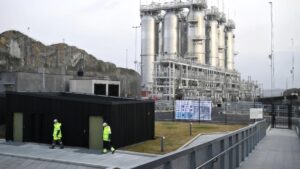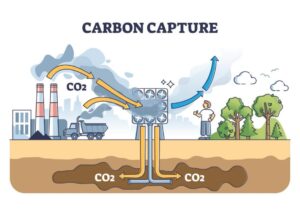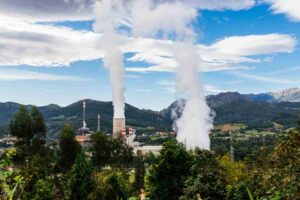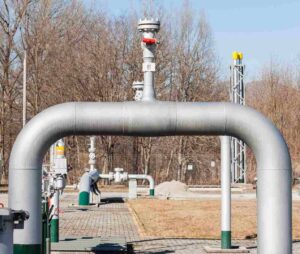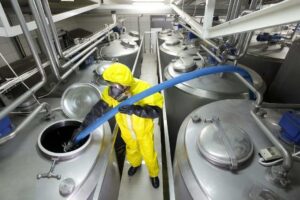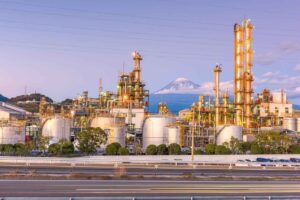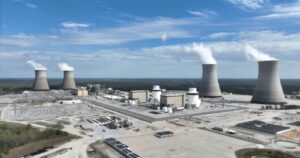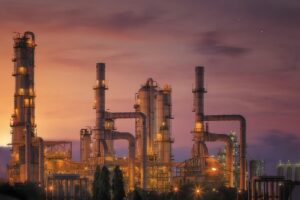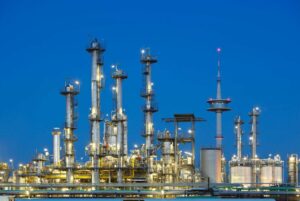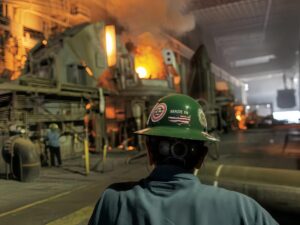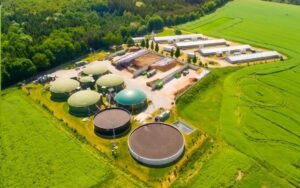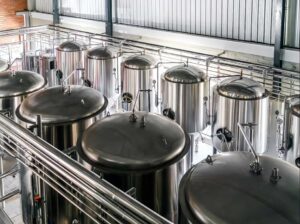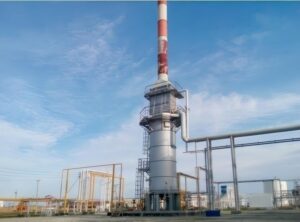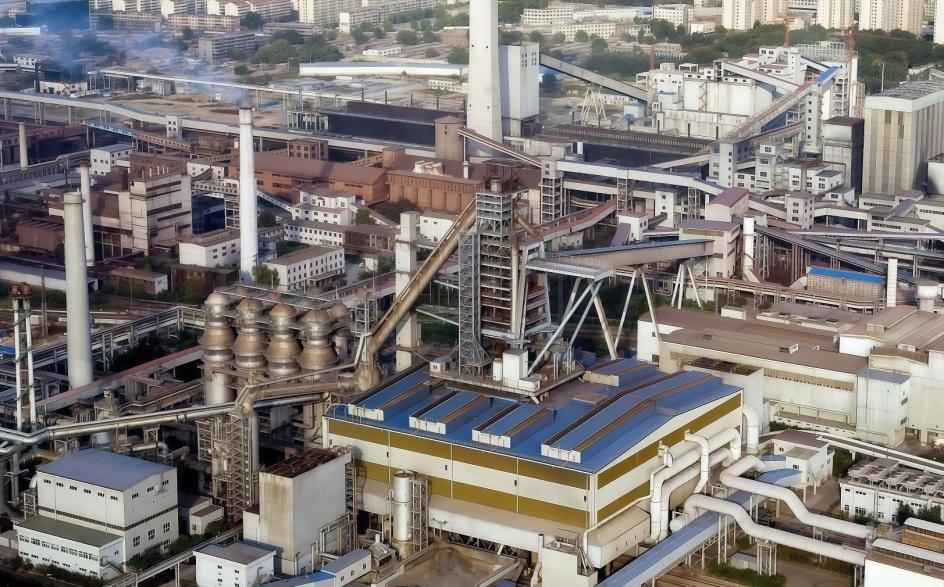
In a metallurgical plant, maintaining the right furnace atmosphere is critical. A process gas analyzer continuously monitors key gases—CO₂, CO, CH₄, and optional H₂, O₂—providing real-time feedback to operators. This data-driven technique ensures every heat-treatment batch meets hardness and composition specs, while emissions stay within limits.
Moreover, modern analyzers—like ESEGAS’s Heat Treating Analyzer—can measure five gases at once. They combine NDIR infrared, thermal-conductivity, and electrochemical sensors to cover all essential furnace gases. This sensor fusion gives a full atmospheric snapshot, essential for fine control during thermal cycles.
Crucially, integrating gas analyzers, shifts furnace management from reactive to proactive. When gas readings feed into the control system, the plant can auto-adjust gas or fuel flows. That way, carbon potential stays stable and defects are avoided. In short, these analyzers don’t just watch the process—they actively guide it.
Why Do Furnace Atmospheres Matter in Heat Treatment?
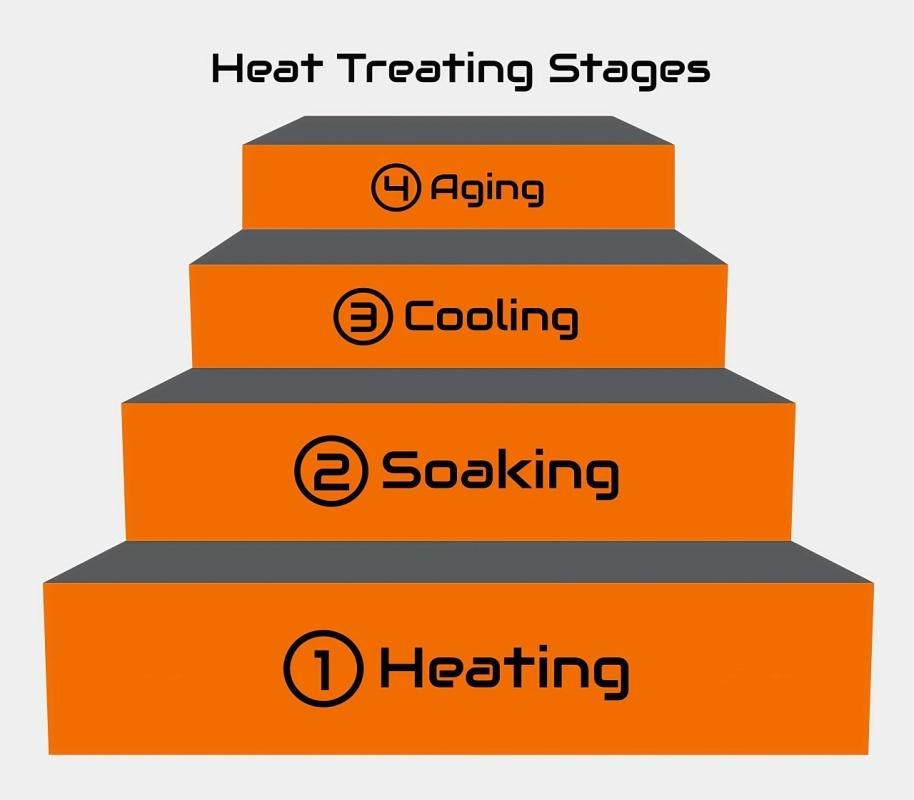
Heat treatment changes a metal’s hardness, strength, and ductility through careful heating and cooling. To get consistent results, you must precisely control the furnace atmosphere. For instance, during carburizing, adding carbon via CH₄ or CO₂ builds a “carbon potential” at the steel surface. If that potential drifts, the part may under- or over-carburize.
Furnace atmospheres come in various types:
- Inert gases (e.g., N₂, Ar) stop oxidation.
- Reducing atmospheres with hydrogen (H2)—forming gas—prevent scale during annealing.
- Hydrocarbon-rich atmospheres, such as propane or methane, support carburizing processes.
- Moisture and trace oxygen must be controlled, since even tiny O₂ levels can cause oxide formation.
Therefore, operators must track hydrocarbons, O₂, and moisture together. Monitoring only one gas gives an incomplete view.
These gases also interact. For example, hydrogen plus oxygen forms water (H₂O). And that water can distort O₂ readings on ECD. That’s why a solid analyzer setup includes dew point measurements to correct the O₂ value. This ensures the atmosphere stays truly inert or reducing, not just dry on paper.
What Benefits Does Continuous Gas Monitoring Bring to Heat Treatment Furnaces?
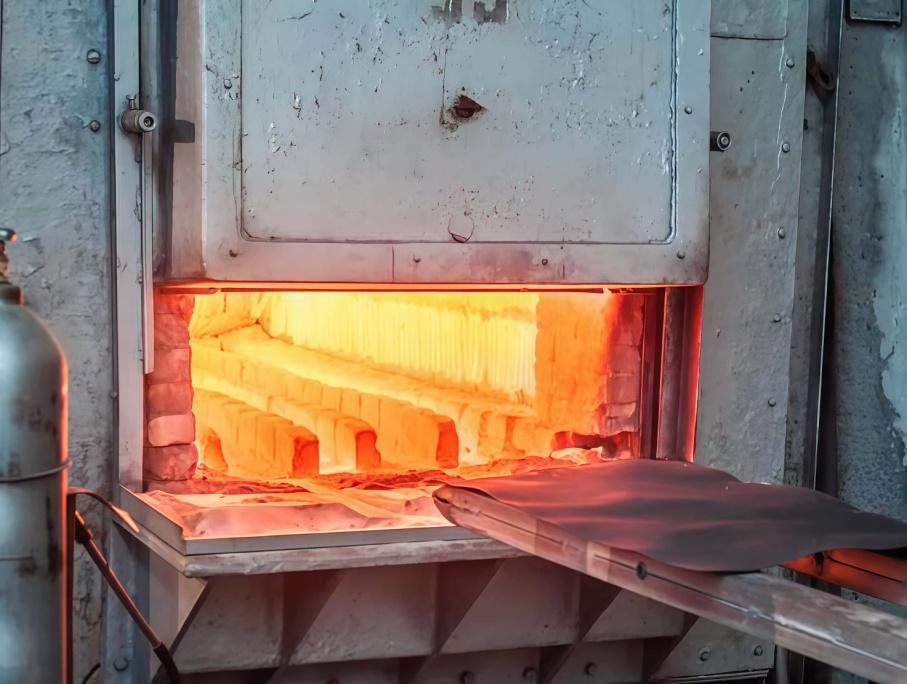
Process gas analyzer is able to provide continuous gas monitoring. Moreover, the continuous gas analysis in heat-treatment furnaces delivers four key advantages that resonate across quality, efficiency, compliance, and maintenance.
1. Quality Control in Real Time
Continuous furnace-gas analysis flags atmosphere shifts in real time. When CO₂ or O₂ levels stray from target, the system triggers an alert. This keeps carburizing and hardening atmospheres within spec, preventing surface defects and ensuring consistent mechanical properties. In short, not only does it save time and reduce scrap, but also every batch maintains consistent hardness and composition.
2. Process Optimization for Efficiency
By feeding real-time CO and CO₂ readings into PID loops, the process gas analyzer drives combustion tuning. Many units even calculate carbon potential (CP) from the CO/CO₂ ratio automatically. They guide automatic fuel/air adjustments for optimal carburizing. This tight CO/CO₂ control not only ensures carburizing accuracy but also minimizes energy waste and prevents inefficient combustion. This translates plant into lower energy bills and fewer deviations.
3. Environmental & Safety Compliance
Monitoring CO and CH₄ continuously helps prevent excess emissions. When CO spikes, the furnace control adjusts burners to maintain clean combustion. Moreover, the process gas analyzer also tracks CO₂ and CO to keep emissions within permit limits. Plus, its ppm-level oxygen sensing detects inert gas leaks early, avoiding potentially explosive atmospheres. This capability supports both environmental and occupational compliance.
4. Predictive Maintenance and Longer Uptime
Trend analysis of gas data exposes hidden equipment issues. A sudden rise in O₂ might signal failed seals or hidden leaks. Likewise, rising CO can indicate burner wear. With early warnings from heat treating analyzers, teams can schedule repairs proactively—avoiding unplanned downtime and reducing maintenance costs. Thus, the analyzer supports proactive fixes that keep furnaces running smoothly and safely.
How Does a Process Gas Analyzer Measure Key Gases in Heat-Treat Furnaces?
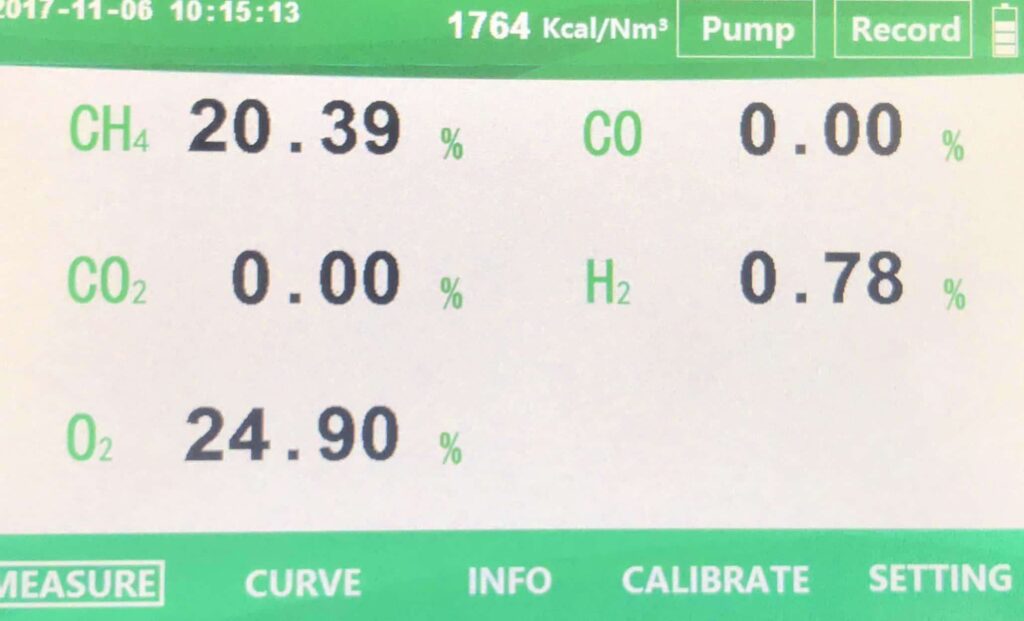
Understanding how analyzers track furnace gases is essential. Here are the core methods and why each matters for process control and quality.
1. CO, CO₂, and CH₄: NDIR Infrared Sensing
Non-dispersive infrared (NDIR) sensors measure gases by how they absorb infrared light. These sensors cover wide ranges—0 to 100%—with high precision (within ±2% accuracy).
- CO and CO₂ ratios help calculate carbon potential, vital for carburizing quality.
- CH₄ monitoring confirms fuel gas flow and composition integrity.
ESEGAS heat treating analyzers can integrate three NDIR sensors to monitor CO, CO₂, and CH₄ simultaneously—boosting measurement reliability and process insight, allowing direct CP computation. This integration simplifies control and reduces manual calculations.
2. H₂: Thermal Conductivity Detector (TCD)
Hydrogen has unique thermal conductivity. A TCD tracks this by comparing heat transfer between a sensor cell and a reference. Hydrogen’s high conductance makes it ideal for precise detection. These detectors work across 0–100% within ±3% accuracy, crucial in annealing or nitriding environments. TCDs often adjust for cross-sensitivity from other gases.
3. O₂: Electrochemical Detectors (ECD)
Furnace atmospheres need O₂ control at ppm levels. Even trace O₂ can spoil parts. So, we rely on electrochemical detectors that detect oxygen down to ppm levels. Typically, ESEGAS heat treating analyzer typically span 0–25% O₂ with ±3% accuracy. However, after discuss with ESEGAS team, the ppm level of O2 would be optional. By measuring true residual oxygen, we can catch leaks, ensure proper reduction, and avoid oxidation issues.
4. Moisture: Dew-Point Correction
Moisture from reactions like H₂ + O₂ → H₂O can skew sensor output. High humidity can falsely lower O₂ readings. To combat this, analyzers include dew-point measurement or moisture traps. By correcting O₂ readings for dew point, operators get true oxygen levels—crucial for precise process control
5. Optional Gases for Special Cases
Some processes call for ammonia in carbonitriding or trace nitrogen control. While debated, most standard heat treatments are covered by monitoring CO, CO₂, CH₄, H₂, and O₂. Adding other sensors depends on your process needs—and analyzer flexibility.
How Does a Process Gas Analyzer Enable Intelligent Furnace Control Through Seamless Integration?

A modern process gas analyzer brings sensor fusion, smart sampling, robust outputs, and intuitive interfaces into one streamlined system. This seamless integration empowers metallurgical plants to transform furnace control from manual to intelligent.
1. Sensor Fusion: A Unified Gas-Sensing Hub
ESEGAS’s Heat Treating Analyzer blends three sensor technologies in a single cabinet:
- NDIR infrared for CO, CO₂, CH₄
- TCD for H₂
- ECD (electrochemical) for O₂
This compact rack saves floor space and synchronizes all readings. As a result, operators gain a coherent, real-time view of furnace atmosphere without juggling separate instruments. That simplicity boosts reliability and eases maintenance.
2. Smart Sampling System: Clean, Consistent Gas Delivery
The process gas analyzer draws sample gas using heated probes or pipelines. Then, it filters out particulates and controls flow to protect sensors from condensation and fouling.
- Batch furnaces: sampling occurs during or between heat cycles
- Continuous furnaces: real-time 24/7 monitoring
Overall, the clean, conditioned sample ensures accurate, trustworthy data with minimal downtime.
3. Rich Data Outputs for Control Systems
Next, the analyzer sends data via both analog (4–20 mA) and digital (Modbus/fieldbus) outputs. These include:
- Raw gas concentrations
- Calculated values like carbon potential (CP)
- Alarm triggers
By feeding this data into PLCs or DCS, the furnace control system can automatically adjust fuel, gas, or oxygen flow. This closed-loop setup enables self-correcting behavior—for instance, fine-tuning carbon potential to avoid part distortion.
4. User Interface: Transparency and Diagnostics
Engineers interact with the system via two key tools:
- An integrated on-board display for live trends, alarm indicators, and sensor status
- PC software for deep analysis—historical logs, calibration reminders, and cell drift alerts
Such transparency empowers technicians to spot anomalies early and perform preventive maintenance. In addition, diagnostics like flow warnings and auto-selfchecks sustain analyzer health and trust.
What Strategic Advances Can a Process Gas Analyzer Bring to Heat Treatment Process?
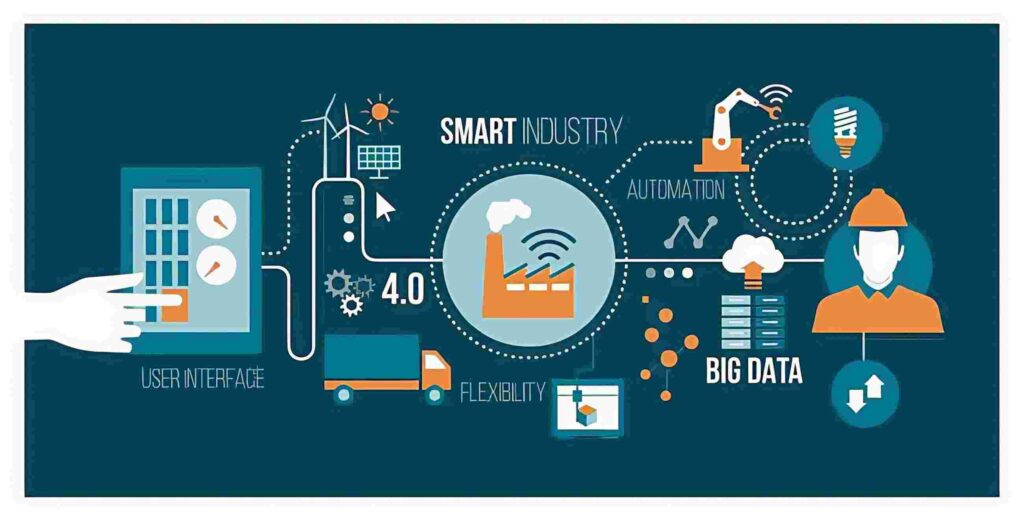
(IIoT)
As we look to the future, process gas analyzers pave the way for smarter, greener, and more collaborative furnace operations. Let’s explore four transformative trends that blend technology, sustainability, and insight.
1. Industry 4.0 & Predictive Control
When integrated via IIoT into your furnace line, gas analyzers feed historical CO, CO₂, and O₂ trends into digital twins. These virtual replicas can simulate furnace behavior such as temperature swings or atmosphere drift, detect anomalies, and predict maintenance needs.
Notably, research shows digital twins receiving real-time sensor streams enhance process consistency and accelerate innovation across industries, including annealing and glass production
Therefore, gas analyzers become vital edge devices in smart factories, improving uptime and reducing human errors through real-time feedback loops.
2. Reducing Carbon Footprint
By fine-tuning fuel use and carbon input, process gas analyzers slash unnecessary emissions. Monitoring CO₂ real-time helps adjust burner firing and air-to-fuel ratios. Some systems even recycle CO₂ output to calculate combustion efficiency in real time and automatically tweak burner settings for optimal performance.
Ultimately, this delivers cleaner production and lower fuel costs—vital for companies aiming to achieve net-zero targets and comply with carbon regulations.
3. Cross-Disciplinary Value
Gas analysis delivers benefits beyond metallurgy:
- Plant managers track cost and yield improvements
- Safety teams get alerts on hydrogen or O₂ leaks
- Environmental officers receive emissions data for reporting
- Trainees and students learn how gas chemistry links to part quality
Such broad usability fosters better teamwork—engineers, technologists, regulators, and educators all rely on the same gas insights to make decisions.
4. Smart Instrumentation & Automated Insight
Modern analyzers now carry built-in analytics. They calculate carbon potential, correct dew-point influences, and flag leaks instantly. In short, they shrink human error. Choosing these smart instruments, streamlines your operation, reduces training needs, and boosts consistency across shifts.
In short, process gas analyzers guide you from reactive control to strategic operation. By merging advanced sensor tech with intelligent systems, you not only control atmospheres—you future-proof your plant.
Conclusion
To wrap things up, modern process gas analyzers are indispensable for heat-treatment operations. They ensure furnace atmospheres stay within spec, directly boosting product quality, safety, and efficiency. ESEGAS’s Heat Treating Analyzer offer dependable, real-time gas insights for CO, CO₂, CH₄, and optional H₂/O₂ monitoring. These systems meet industrial demands and regulatory standards alike.
In summary, investing in a high-quality gas analyzer, ensuring solid installation, and maintaining your system empowers you to transform your furnace from a heat source into a smart manufacturing asset. That is how you answer the challenge of optimized heat treatment—efficient, repeatable, and future-ready. Choose ESEGAS, choose the reliable and suitable gas analysis solutions!




